Paradigm shifts
2020 : a rupture
Paradigms and the regulation of social and economic activity : what are we talking about ?
Economic governance in the 20th century : why is it less potent ?
Surviving a paradigm shift ?
Once or twice in a century, a major crisis provokes a paradigm shift, a transformation of the overarching set of rules and assumptions that govern economic and social systems. This becomes imperative when solutions that worked in the past are no longer effective, and when new problems threaten to overwhelm social and political institutions. Paradigm shifts are a wrenching 25-30 year process followed by decades thereafter when a new set of rules and assumptions is dominant. The pattern then repeats itself.
A high level of uncertainty is an excellent indicator of the need for a paradigm shift. This was already very high after the financial crash of 2008. Rising disparities in incomes and across regions, global warming and more frequent and costly catastrophes have pushed it higher. When the pandemic abates – and who knows when that will be – we will truly be in unknown territory.
Uncertainty can be paralyzing, especially when governments are expected to respond to several overlapping crises. Sector-by-sector problem- solving only provides short-term relief.
This essay is not an outline of what the next paradigm will look like following the Covid-19 pandemic. Perhaps it will be focused on environmental and natural risks; no one yet knows. Instead, this essay is about the nature of paradigm shifts, why crises are periods of rupture, why the 20th century paradigm is ill-adapted to meet 21st century challenges, what those challenges are, and how to better cope with the transition that is already under way.
Josef Konvitz,
Josef Konvitz retired from the OECD in 2011 as Head of the Regulatory Policy Division. He joined the OECD’s Urban Affairs Division in 1992, and led it from 1995 to 2003. Trained as an historian, Konvitz was on the faculty of Michigan State University from 1973 to 1992. He is the author of Cities and Crisis (Manchester University Press, 2016) which draws on decades of academic study of and professional engagement in managing crises. He is also an Honorary Professor at the University of Glasgow and Chair of PASCAL International Observatory.
2020 : a rupture
Josef Konvitz, Don’t Waste A Crisis, Fondation pour l’innovation politique, April 2020.
Martin Wolf, “Why so little has changed since the financial crash”, Financial Times, 4 September 2018.
OECD, “Infrastructure to 2030: Telecom, Land Transport, Water and Electricity“, June 2006.
Friedrich Hayek, The Constitution of Liberty: The Definitive Edition [1960], Ronald Hamowy, ed. v.17, The Collected Works of F.A.Hayek, University of Chicago Press, 2011.
Woodrow Wilson, “First Inaugural Address of Woodrow Wilson”, 4 March 1913.
Crises bring to light strengths that were taken for granted, and weaknesses that were long ignored. In a study for the Fondation pour l’innovation politique1, I highlighted the urban dimension of the Covid-19 pandemic as the most recent and spectacular example of a lethal, fast-moving cross-border risk. Soberly, we acknowledge that things will never be the same again: we hope for the better, but fear the worst. When there is great suffering which catches countries unprepared, people are conflicted between a desire to return to normality and a desire to redeem the loss of life and wealth by attempting to change things. The outcome is finely balanced. Already in 2018, British economics journalist Martin Wolf writing about the policy failures after the financial crisis of 2008, warned that “A better version of the pre-2008 world will just not do. People do not want a better past; they want a better future”2. Complacency, the burden of conventional wisdom, reluctance to trust new ideas, and the power of vested interests inhibited change in policy after 2008, and could do so again in the 2020s. Will there be greater momentum for a paradigm shift now that we are counting the dead as well as the debt?
With the Covid-19 pandemic, we are confronted with this crisis at a unique moment, a historic rupture between one period and another. During a crisis such as this, we realize how invaluable infrastructure is, and what the risks of under-supply are. This goes far beyond the production of masks, ventilators, and of pharmaceuticals, or the numbers of beds in intensive care units (ICUs). Many systems for telecommunication, transportation, water, power generation and transmission, as well as hospitals – some built to last 100 or 150 years, others for 25 or 50 years – are coming to the end of their useful life-cycle. In 2006, the estimated cost of renewal and modernization over 25 years was $70 trillion, then 3.5% of global GDP3. Nothing near that level was being invested before 2020. This is a classic example of a conjuncture, when a crisis happens at the crossing of both short-term and long-term trends and major technological innovations.
In 2008, commentators proclaimed that the State was back; they have done so again in 2020. Better regulation usually comes after and not before the catastrophe, but to get out of the recession, businesses will argue to scrap regulations. To some, mostly on the political right, the return of the State should be temporary; to others, essentially on the left, a greater role for the State should be permanent. Both seem to forget what Friedrich Hayek argued in the 1960’s: it is not the quantum of regulation that matters, but what gets regulated4. It is much worse when the government lightly regulates the wrong things than when the level of regulation is higher but concerns all the right things. The same can be said about deficits: it is the use of money that matters. Post-2008 pressures to reduce deficits by cutting expenditure and investment would turn up time and again in post-pandemic inquiries into the staffing of hospitals, the production and stockpiling of medical supplies, as well as the training and hiring of medical staff. Short-changing the future after 2008 has been the most expensive mistake of all.
What may sound technical is in fact highly political because huge sums are at stake. Decisions taken now and in the coming years will have far-reaching effects, altering and then locking in factors of development and territorial structures that will be very difficult to modify once in place. There were both policy and market failures after 2008; there is no margin for error this time.
We need a better framework for economic governance that preserves the advantages of a liberal economic order, the need to protect people where they live and who, in the words of Woodrow Wilson in his first inaugural address in 19135, “can not alter, control or singly cope with […] the consequences of great industrial and social processes”. Wilson put deeds to words, doing what had been considered impossible: creating the Federal Reserve Bank of the United States, laying the foundation for the modern regulatory State, reducing tariffs, organizing food relief to neutral States in World War I, and founding the League of Nations. The struggle between authoritarian and liberal regimes and market-based or controlled economies which, in his day, framed what may be called the Second Thirty Years’ War (1914-1945), shaped the paradigm that became dominant as a result of that great crisis. Wilson paid more attention to long-term trends than to headline events. Today, he would probably be leading the creation of a different multinational agenda: idealistic, but not utopian. A paradigm shift to change priorities must have an inspiring vision. It starts with facts and the values with which to interpret them.
Paradigms and the regulation of social and economic activity : what are we talking about ?
“Non dari spem sine metu neque metum sine spe”, Baruch Spinoza, Ethics, III, “On the Origin and Nature of the Emotions”, Propositons 48-52,
Josef Konvitz, Cities and Crisis, Manchester University Press, 2016, p. 227.
Stanley Hoffmann, “Thoughts on Fear in Global Society”, Social Research, 2004, 71, n°4, pp. 1023-1036.
We need paradigms. No one on their own can think through a complete philosophy nor create a framework of rules and codes. These are learned, usually uncritically. The value of a civilization is precisely to transmit a framework which is roughly adequate for the times, and to assimilate the lessons of experience about economic, social, political and environmental systems which, because they are inherently dynamic, are liable to fail. Paradigms usually appear abstract when written, even idealistic, but they are in fact eminently practical, composed of tools that have been proven to work, or that people believe will work. The critical objective of each paradigm is both to give confidence to people that what they are doing is right and assure them that they are going in the right direction.
Paradigms are very powerful problem-solving systems. They are composed of basic principles which define priorities for both individuals and societies, and specific techniques and methods which can then be applied to problems as they arise. Most people want to get something done, and care more about the application of key principles than the principles themselves. Paradigms allow us to handle complexity, making problem-solving easier, simpler. They focus energies, reduce uncertainty, unleash creativity, set priorities but within a framework of agreed goals.
Paradigms are internalized in norms and values, given expression in policies, laws, rules, and implemented in institutions and organizations. Paradigms operate far more effectively through voluntary compliance than through constraint, penalty, or enforcement.
Each successive master paradigm for economic and social regulation is based not only on the hope of something formidable to achieve, but also on fear of something awful to avoid. This pairing of hope and fear is the mechanism that gives coherence to a paradigm about what should or should not be regulated by the government to keep the economy, society and the polity moving toward a shared goal.“There can be no hope without fear, and no fear without hope”6, wrote philosopher Baruch Spinoza. He further suggested that we want to believe in what we hope for, and resist believing that what we fear may be true7. There is a fine balance between fear and hope: it may be the case however that fear encourages people to do what they must do more than hope does.
A paradigm always defines the security that a society seeks. It is not enough to define the aspirational goal in positive terms: the key to knowing the goal to which a society aspires is to know what it most fears, its nemesis. In the 19th century, the pursuit of secular progress guided public and private initiative; in the 17th century, societies assessed themselves against religious and moral criteria. In current Western societies, ours has been about economic security first and foremost, based on more growth and less unemployment out of fear that less growth and more unemployment will make society less stable and States more vulnerable. Thus, economic goals have become a kind of meta-regulation, keeping the social structure and political system and not just the economy in good order. New league tables of countries based on a mix of better-living indicators exist alongside but have not displaced GDP and economic measures.
A paradigm shift occurs when a society redefines its hopes and fears, usually in the crucible of crises. This is why the tension between health and work during the Covid-19 pandemic cuts so deep: two rival definitions of security, one older, one newer, are at play. I use the word “rival” advisedly, implying that to gain protection against some risks we expose ourselves to others. This is at the core of the dilemma for numerous countries between returning to work or remaining confined, and why there are politicians proclaiming that the cure – confinement (quarantine/lockdown) – is worse than the disease because it gives rise to an economic crisis. Not only is the dominant paradigm, directed towards low unemployment, severely tested by the pandemic, but the after-effects will also generate more social problems, further undermining the paradigm in a downward spiral. From an economic perspective, it is a question of trade-offs, finding the point at which the lockdown can be relaxed or ended without generating unmanageable burdens on the healthcare system.
We know better how to look at health from an economic perspective than how to look at the economy if security is redefined to put health and the environment as the main risks to both social stability and political security. I am not asserting that protection against risks to health or risks associated with climate change is more important than protection against economic collapse and unemployment. I am saying that society’s tolerance for environmental and sanitary disasters has become narrower – risks we had lived with in the past are now unacceptable – and that the 20th century paradigm shaped around economic security cannot generate credible solutions alone.
The pandemic combines many issues: preventive health and treatment, social and economic inequality, mobility, communication, energy, air and water quality, the list lengthens, and for each issue there are competing agendas promoting reforms in resource allocation and regulations. There will be calls for better cross-sectoral policy integration. The theory makes sense, but coordination has to start before policies are in place and not after. Incoordination is also an element that characterizes the behavior of States: we have had spectacular examples of what works and what does not, and of failures of leadership when governments have persisted in the wrong course of action when it manifestly was a disaster. National sovereignty will not change the nature of the problems we face nor make them more manageable.
Historian Stanley Hoffmann wrote in 2004 that decades after World War II, we are now “in a third universe of fears: universal, all-pervasive, globalized”, citing not only weapons of mass destruction that “even small states can produce and export throughout the globe, but also of world scourges such as epidemics, drugs and arms trafficking, and of course, terrorists”. What they have in common is the limited ability of nation-states to contain any of them8. We know all too well what we fear. How can we control fear by creating a practical framework that ensures our security?
We have been here before, just not recently enough. At the end of the 19th century, following epidemics of cholera (Hamburg) and typhoid, or mass fires (Boston, Chicago, Baltimore), civic leaders and engineers understood that unless the entire city could be rebuilt on safer lines, even the rich would be at risk. Philanthropic foundations, civic organizations, public-minded scientists, engineers and a professional civil service together designed and implemented health and safety regulations which applied to all. The definition of the public interest transcended individual property rights which until then had limited the regulatory power of the state; laws had to be changed, court cases were won; some political parties that had been in power lost elections. Infectious diseases, food shortages, high unemployment and crime concentrated in cities receded. By the middle of the 20th century, applied economic theory supported a paradigm based on urban economic growth and high rates of migration and labor mobility. Today, over 75% of the population of medium and high- income countries live in urban areas.
We should not be afraid of a paradigm shift. Even though it will be difficult and stressful, political leaders will be called upon to make decisions which may not be popular, and which will break with precedent. The problem is that no one alive today took an active part in the last paradigm shift during and in response to the Great Depression. The memoires and treatises by those who were at the last paradigm frontier make interesting reading. History can guide us. There have been several dramatic paradigm shifts in the Western world since the 17th century. Once over, in about 25-30 years, paradigm shifts usher in a longer period of more stable development until in turn they lose their potency. A successful paradigm shift has helped Europe overcome barriers in the past. This history should inspire us today.
Economic governance in the 20th century : why is it less potent ?
“… not only the goals of policy and the kind of instruments that can be used to attain them, but also the very nature of the problems they are meant to be addressing” (Peter Hall, “Policy Paradigms, Social Learning, and the State: The Case of Economic Policymaking in Britain“, Comparative Politics, vol. 25, n°3, April 1993, pp. 279.
Aida Caldera-Sánchez, Alain de Serres and Naomitsu Yashiro (2016), “Reforming in a difficult macroeconomic contest: A review of the issues and recent literature”, OECD Economics Department Working Papers, 21 April 2016, 1297; Aida Caldera- Sánchez, Alain de Serres, Filippo Gori, Mikkel Hermansen, Oliver Röhn, “Strengthening Economic Resilience: Insights from the Post-1970 Record of Severe Recessions and Financial Crises”, OECD Economic Policy Paper n°.20, December 2016.
OECD, OECD Regions and Cities at a Glance 2018, OECD, Paris, October 2018. Previous editions appeared in 2011, 2013 and 2016.
As the late urbanist Sir Peter Hall put it a quarter of a century ago, a paradigm defines “not only the goals of economic policy and the kind of instruments that can be used to attain them, but also the very nature of the problems they are meant to be addressing”9. The dominant paradigm in much of the world measures change against the rate of growth, GDP and employment. It has had a long, good run since the Great Depression, lifting millions out of poverty, suppressing the impact of recessions, and raising living standards. In recent years, however, this paradigm has also widened the gap between leading regions on the productivity frontier, and lagging regions which may never catch up.
We describe cities as economic motors. Perhaps, in terms of the economy, a black box is a better metaphor because economists measure their output but do not observe what is going on inside. Economic models based on national units cannot help decision-makers analyze the many variables that make one city different from another. As a result, national economic policy, which operates through top-down sectors, is indifferent to the needs of particular cities and regions. At best, in our current paradigm, spatial change is a dependent variable, something that happens as a result of other policies on interest rates, social welfare, transportation, energy, taxation, labor markets, immigration, or even innovation.
The reason why macroeconomic policy is spatially blind is simple: mainstream macroeconomic and structural policies assume that spatial change is slow, at least compared with economic trends and political cycles, and is therefore largely irrelevant in macroeconomic policy-making. Government action is more often remedial, addressing conditions which past policies or market forces aggravated, rather than proactive.
Policies have not caught up with the fact that spatial change, principally driven by rapid urban growth, has accelerated even before the public became aware of climate change. People see many different aspects of it just in France: peri-urban growth, the decline of small town centers, coastal erosion, deforestation, logistical parks and retail complexes on greenfield sites, undersupply of new housing in areas of demand and abandonment in areas of decline, the paving over of green space, the construction of high speed rail lines and highways, all within the last 40 years. To cite just one figure: between 1990 and 2000, the increase of artificial surfaces for housing, urban parks, industry, transport in the 27 member states of the European Union was around 1,000 square kilometers per year, exceeding the size of Berlin, and increasing at a rate four times greater than population growth. Aside from new infrastructure, much of this has happened incrementally and without any effort to assess the cumulative effect, especially on energy and water.
The assumption that spatial change is slow, while occasionnaly valid, is not now. Spatial change – which we may also call environmental change – has accelerated in recent decades, and now has itself become a driver of other policy developments. This explains some of the mismatch between the objectives of economic policy and the issues that policymakers and politicians confront.
We face the cost of coping with the Covid-19 pandemic before having made good on the economic and social damage of the financial crisis of 2008. Both in 2008 and 2020, many countries had well-performing economies when the crisis began; others were more fragile; almost all have suffered a shock. The rate of economic growth, while still positive, had been about half what it was before 2008 when the pandemic erupted. In most Western countries, including the United States, household wealth in real terms has not increased in nearly twenty years. The GDP fell by 2.7% in the United States and by 4.2% in the European Union in 2009; the decline in 2020 will be greater. Not only was the GDP per person lower in 2011 than in 2007 in every G7 country (excluding Germany); in many countries average household income was no greater in 2018 than in 2000. For the first time in a century, the average income of young Americans has stopped growing faster than that of their parents10. Regional disparities within countries are worse, and they are not self-correcting through classical economic measures11. At the same time, many cities and regions are exposed to disasters for which they are unprepared, and which, since circa 1990, are more frequent and costly.
We are thus caught on the horns of a dilemma. A belief in prosperity, the very cornerstone of the 20th century paradigm, is no longer convincing to many. Growth may exacerbate regional, urban and environmental problems, but without growth, the cost of confronting global warming, not to mention population ageing, emerging health problems, or the artificial intelligence revolution, will be more difficult. The struggle to reconcile economic and environmental objectives is an intellectually sophisticated effort marked more by “trade-offs” than “win-win” outcomes. These are not very satisfying to many who never enjoyed abundance and who may find the appeal of populism and a strong leader, leading to the centralization of decision-making in undemocratic, authoritarian regimes, more attractive.
Every major dimension of the pandemic has called attention to problems that call for maps as well as graphs, so important is the territorial dimension: tele-working, transport by sea, air, rail, car, bicycle, racial and socioeconomic disparities that explain the vulnerability of different groups, the distribution and capacity of healthcare, chains of supply, migrant workers… and the list lengthens when climate-change issues are added.
Better management of space has become imperative. Macroeconomic and fiscal policies, regulatory and technical measures as well as well-functioning institutions are preconditions, necessary but not sufficient to go beyond piecemeal measures. The State has always been essential to each paradigm since the Renaissance, and has survived every paradigm shift. The paradigm in place is however more deeply embedded in the workings of the State which now absorbs between 30% and 60% of the economy.
The State needs the economy to perform closer to its potential in order to collect taxes and reduce the extent to which it is supporting the economy through debt; at the same time the State faces the burden of investing in the transition to the next paradigm. We are past the Reagan-Thatcher era when a massive reduction in the size and role of the State was an option. Task forces, councils and special committees can compensate on an ad-hoc basis but do nothing to reform the organization of government to cope with crisis – both in the short and long-term – as the new norm. In all that I have read about why a paradigm shift is at once desirable and necessary, I have not read any analysis on how a new type of state is likely to emerge once the transition is complete.
Surviving a paradigm shift ?
Robin Wigglesworth, “Coronavirus creates biggest economic uncertainty in decades”, Financial Times, 20 April 2020.
Gillian Tett, “How much should it cost to contain a pandemic?”, Financial Times, 22 April 2020.
Andy Haldane, “Reweaving the social fabric after the Covid-19 crisis”, Financial Times, 24 April 2020.
The condition of the economy and the geopolitical balance among the major regions of the world in a year’s time are unknown. Our societies may be exhausted, just at the time when a major effort will be needed if we are to adopt different, and hopefully better ways in which to work and live. Even if the pandemic ends in a year or two, the effects of the crisis will be with us for an even longer period, reflected not only in the health of hundreds of thousands, the loss of employment and the closure of firms, etc., but also in altered priorities and the reallocation of resources. It will take years to unravel the interlocking pieces that sustain one paradigm and put in place the framework for its successor. There is no neat chronological separation between this crisis and the post-crisis period: only years henceforth will be able to look back and see where the turning point was.
We are where we are. Macroeconomic uncertainty, which was high in 2008 and during the long, slow recovery, is now “the highest in modern history12”. Uncertainty at an intolerable level can be paralyzing. We face the prospect that global risks, whether in financial systems, global warming and rising sea levels, health, or technological networks, can only be controlled somewhat, their effects mitigated. This pandemic has led to calls for a greater role for the nation-state while highlighting its artificiality in a global crisis. Subnational units – cities and regions – are not equally vulnerable but depend on national one-size fits all policies. The idea that the EU has not done enough sits alongside polls that show greater support for Europe. Something has to give. Measured in terms of future liabilities, if preventive, proactive measures are not taken, the cost will be colossal. This was clear to me a year ago when I prepared a draft of this essay. The Coronavirus pandemic has made the issue all the more urgent.
The logic of sectoral silos and redistributive fiscal measures has been overwhelmed. Economists and epidemiologists, as Gillian Tett commented, belong to separate communities when “almost all of the important decisions in modern democracies require this ‘silo-busting’ analysis”13. The convergence of disciplines should generate innovative syntheses, not binary choices. No paradigm can function without experts to whom people defer, be they theologians in the 17th century, philosophers in the 18th, or economists in the 20th. The pandemic has put the authority of experts into question. Wearing a mask to prevent the spread of the Covid-19 has become a form of political expression in parts of the United States. Whose expertise will be authoritative in the 21st century? While waiting for the answer, we must improve the design of policies and services within the framework of the paradigm that exists, not because it works well but because we do not yet have a better one.
The historical evidence about paradigm shifts is beyond doubt: the process of paradigm shifts is through crises. There are no easy, painless, low-cost short cuts. A paradigm shift – which calls for us to unlearn practices, routines, guidelines and standards which we thought to be superior – is anything but linear and straight-forward; it may well divide generations and social groups, testing social cohesion further. The next paradigm will be forged in this crucible of heat and stress. We must be better prepared to endure it.
For all that it has cost in lives and budget deficits, however, the Coronavirus pandemic has destroyed neither the physical nor the human stock of capital on which our future welfare depends. As Andy Haldane, Chief Economist of the Bank of England noted in an appeal for support for the social sector, the crisis may actually have renewed our stock of social capital which is so critical to how we get things done14. We will need it.
Much will depend on what will emerge as a consensus about our greatest hopes and worst fears, setting priorities. The next big paradigm must:
- Reduce the level of uncertainty;
- Limit risks at a level which is tolerable;
- Generate confidence in the people and institutions that govern legitimately and democratically;
- Create widely shared benchmarks for comparisons between places and over time, a cosmopolitan vision of humanity.
Since the Renaissance, at several major junctures, the West has reinvented itself by adopting a new paradigm that initiated a major period of growth and development, in part by resolving problems that people had considered intractable and dangerous, and in part by creating institutions and moral frameworks that let people work cooperatively toward major, shared goals. This is where we are again, but with one significant difference: ours is a multipolar age, and our problems are global. In the past, the West could act on its own and for itself and export its paradigm to much of the rest of the world. Its strategic genius may well be to develop a paradigm that enough countries and people in the world will welcome, for the benefits it will bring them.

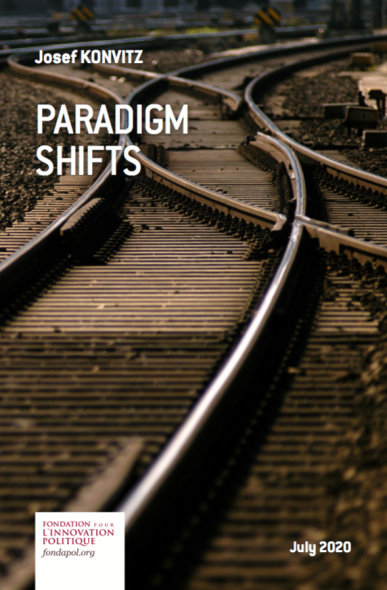
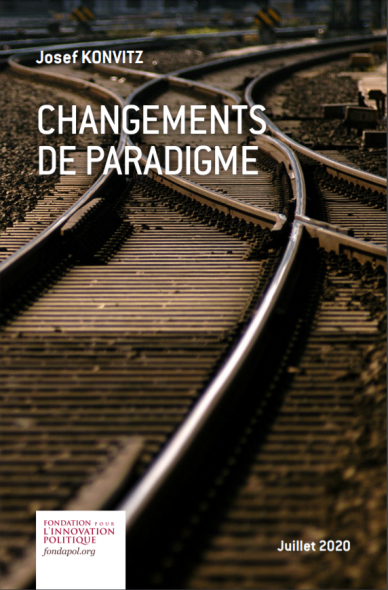
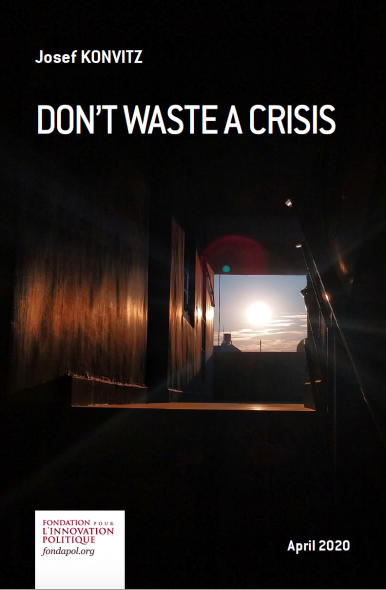
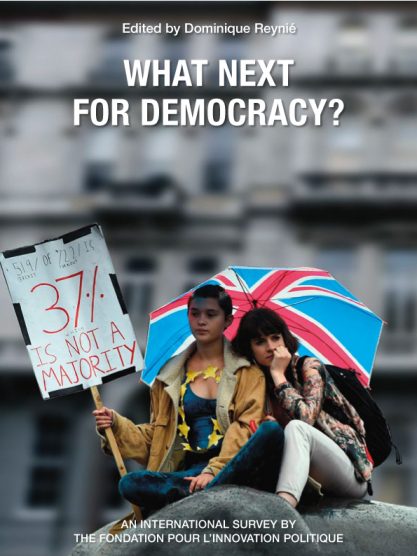
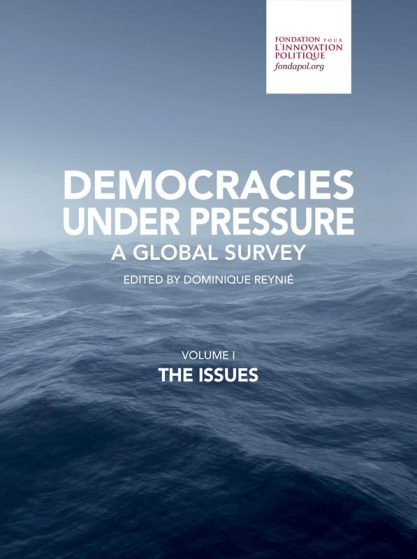
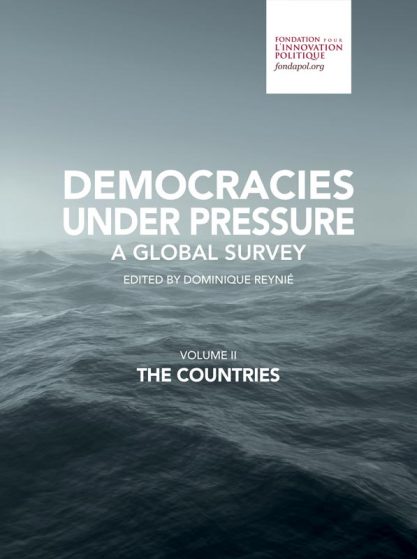

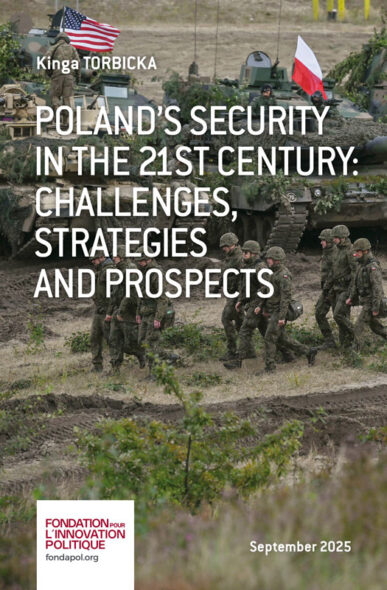
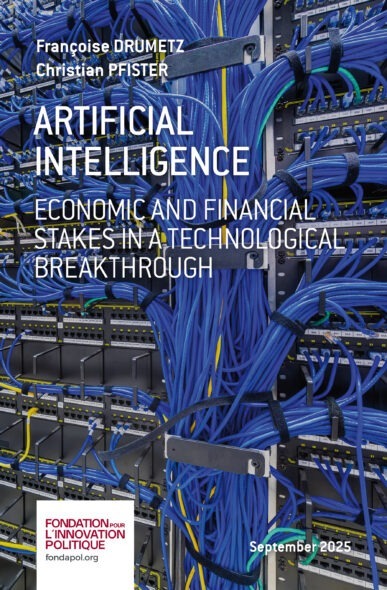
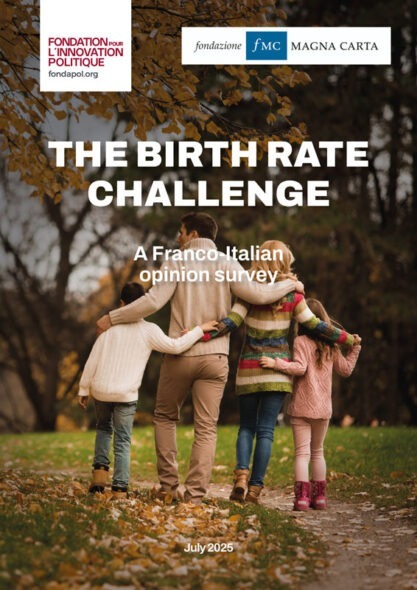
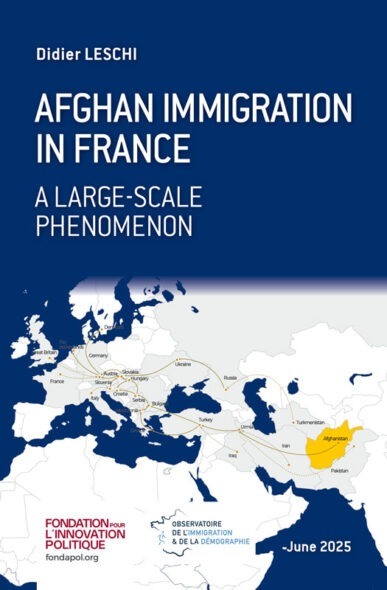
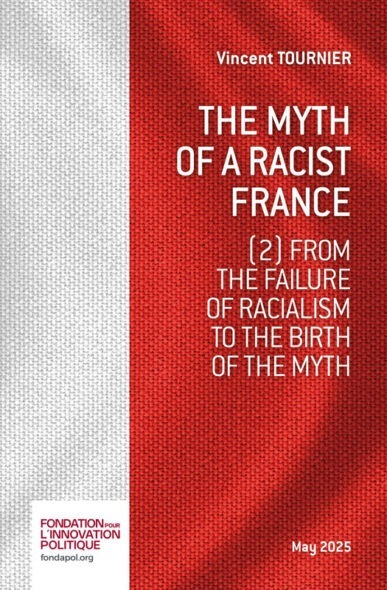
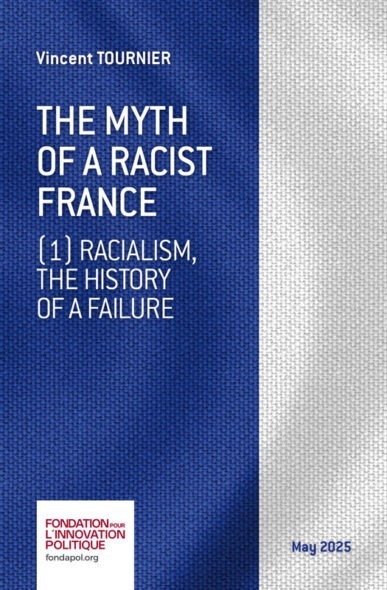




No comments.